
ALPHA-PHONICS Blog Editor: Please note this is an OPINION piece, not the official position of the NY Times. It is, however, of significance that the NY Times even printed it at all. It is a very long article but we felt it should be presented to our Followers in its entirety because of its convincing information. Please see further comment at the end of the article.
Why Are We Still Teaching Reading the Wrong Way?
Teacher preparation programs continue to ignore the sound science behind how people become readers.
By

It’s a problem that has been hiding in plain sight for decades. According to the National Assessment of Educational Progress, more than six in 10 fourth graders aren’t proficient readers. It has been this way since testing began. A third of kids can’t read at a basic level.
How do we know that a big part of the problem is how children are being taught? Because reading researchers have done studies in classrooms and clinics, and they’ve shown over and over that virtually all kids can learn to read — if they’re taught with approaches that use what scientists have discovered about how the brain does the work of reading. But many teachers don’t know this science.
What have scientists figured out? First of all, while learning to talk is a natural process that occurs when children are surrounded by spoken language, learning to read is not. To 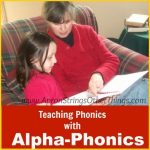 become readers, kids need to learn how the words they know how to say connect to print on the page. They need explicit, systematic phonics instruction. There are hundreds of studies that back this up.
become readers, kids need to learn how the words they know how to say connect to print on the page. They need explicit, systematic phonics instruction. There are hundreds of studies that back this up.
These ideas are rooted in beliefs about reading that were once commonly called “whole language” and that gained a lot of traction in the 1980s. Whole-language proponents dismissed the need for phonics. Reading is “the most natural activity in the world,” Frank Smith, one of the intellectual leaders of the whole-language movement, wrote. It “is only through reading that children learn to read. Trying to teach children to read by teaching them the sounds of letters is literally a meaningless activity.”
But they did not give up their core belief that learning to read is a natural process that occurs when parents and teachers expose children to good books. So, while you’re likely to find some phonics lessons in a balanced-literacy classroom, you’re also likely to find a lot of other practices rooted in the idea that children learn to read by reading rather than by direct instruction in the relationship between sounds and letters. For example, teachers will give young children books that contain words with letter patterns the children haven’t yet been taught. You’ll see alphabetical “word walls” that rest on the idea that learning to read is a visual memory process rather than a process of understanding how letters represent sounds. You’ll hear teachers telling kids to guess at words they don’t know based on context and pictures rather than systematically teaching children how to decode.
Many teachers learn these approaches in their teacher preparation programs. Publishers perpetuate these ideas, and school districts buy in. But colleges of education — which should be at the forefront of pushing the best research — have largely ignored the scientific evidence on reading.
It’s not just ignorance. There’s active resistance to the science, too. I interviewed a professor of literacy in Mississippi who told me she was “philosophically opposed” to phonics instruction. One of her colleagues told me she didn’t agree with the findings of reading scientists because “it’s their science.”
There is no excuse for this. Colleges of education have to start requiring that their faculties teach the science of reading. Children’s futures depend on it.
Emily Hanford (@ehanford) is a senior education correspondent for APM Reports and the producer of the audio documentary “Hard Words: Why Aren’t Kids Being Taught to Read?” This article is based on her reporting for that project.
Follow The New York Times Opinion section on Facebook, Twitter (@NYTopinion) and Instagram.
Alpha-Phonics Blog Editor: The information presented by Ms. Hanford is not really news! Samuel Orton, as far back as 1925, conducted clinical studies on the teaching of reading that led to the conclusion that if students do not learn to read with phonics tend to have difficulty learning to read and some tend to become dyslexic. Rudolph Flesch wrote his famous “Why Johnny can’t Read” in 1955 concluding much the same. Samuel Blumenfeld, author of the 1983 “Alpha-Phonics A Primer for Beginning Readers,” dedicated his life after its publication to sounding the alarm about our wrongheaded methods of teaching reading.
For information about ALPHA-PHONICS please follow the links below:

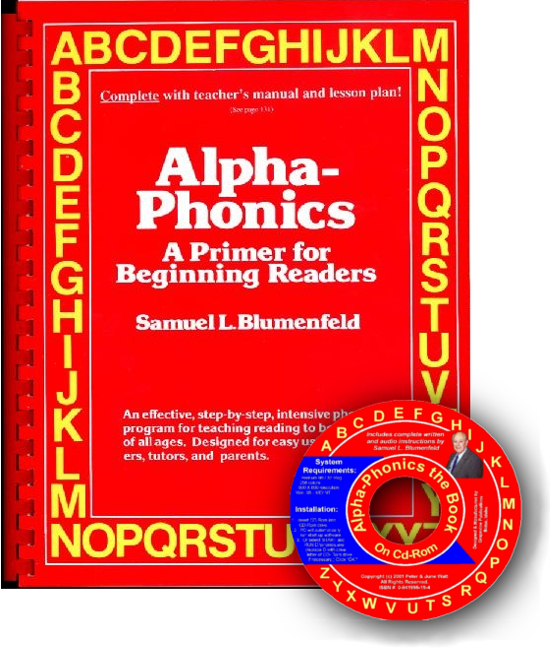 Alpha-Phonics
Alpha-Phonics The Alphabet Song!
The Alphabet Song! Water on the Floor
Water on the Floor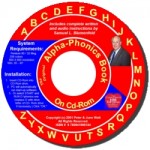 Alpha-Phonics the Book on CD Rom
Alpha-Phonics the Book on CD Rom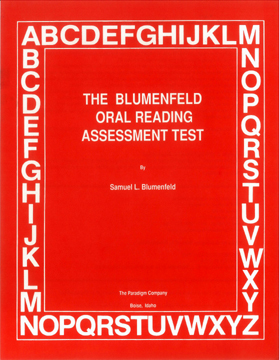 Blumenfeld Oral Reading Assessment Test
Blumenfeld Oral Reading Assessment Test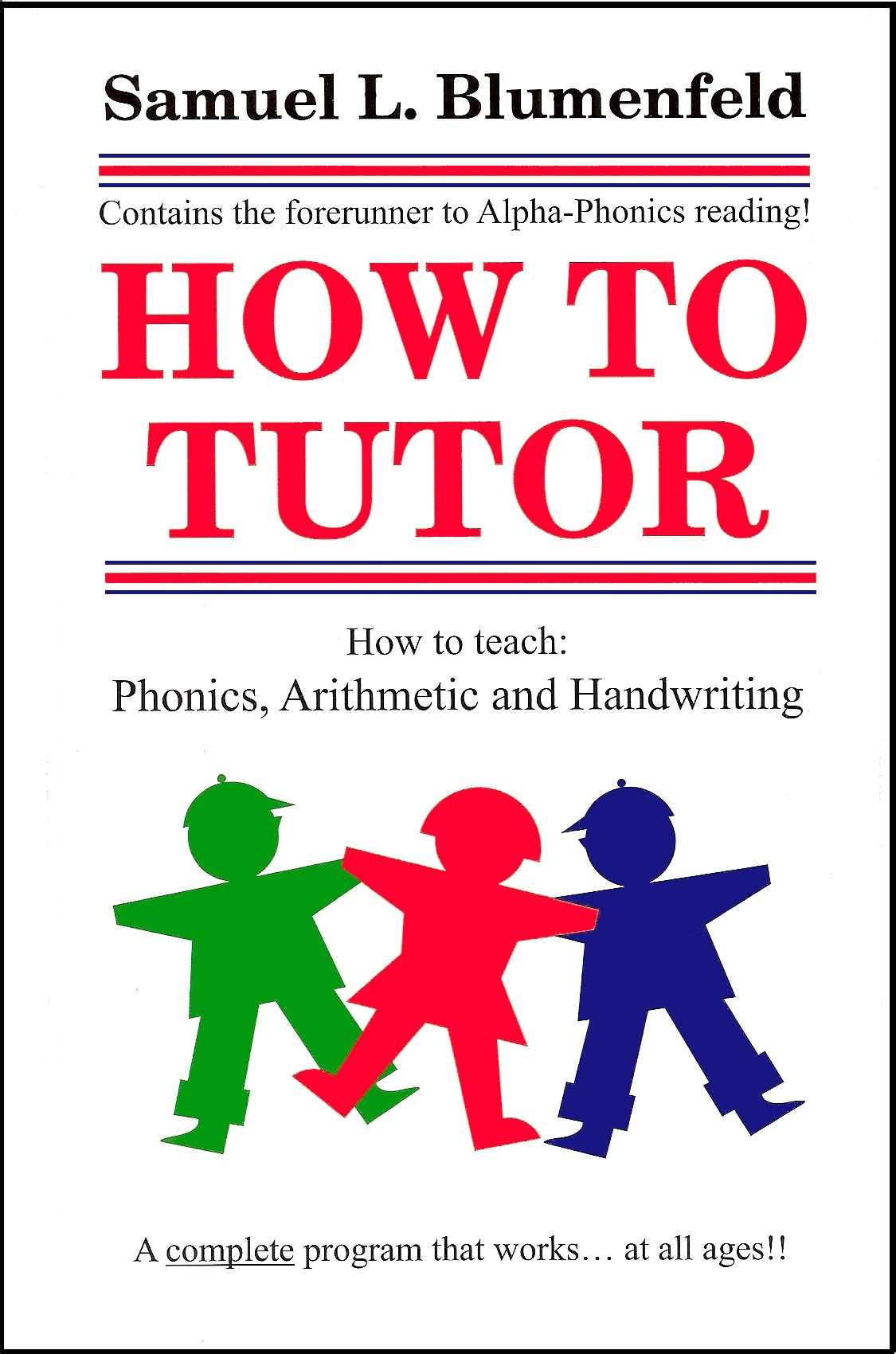 How To Tutor
How To Tutor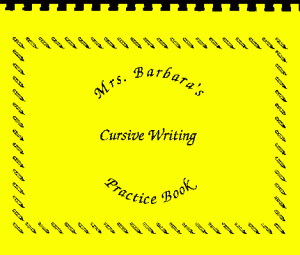 How To Tutor Cursive Handwriting Workbook
How To Tutor Cursive Handwriting Workbook